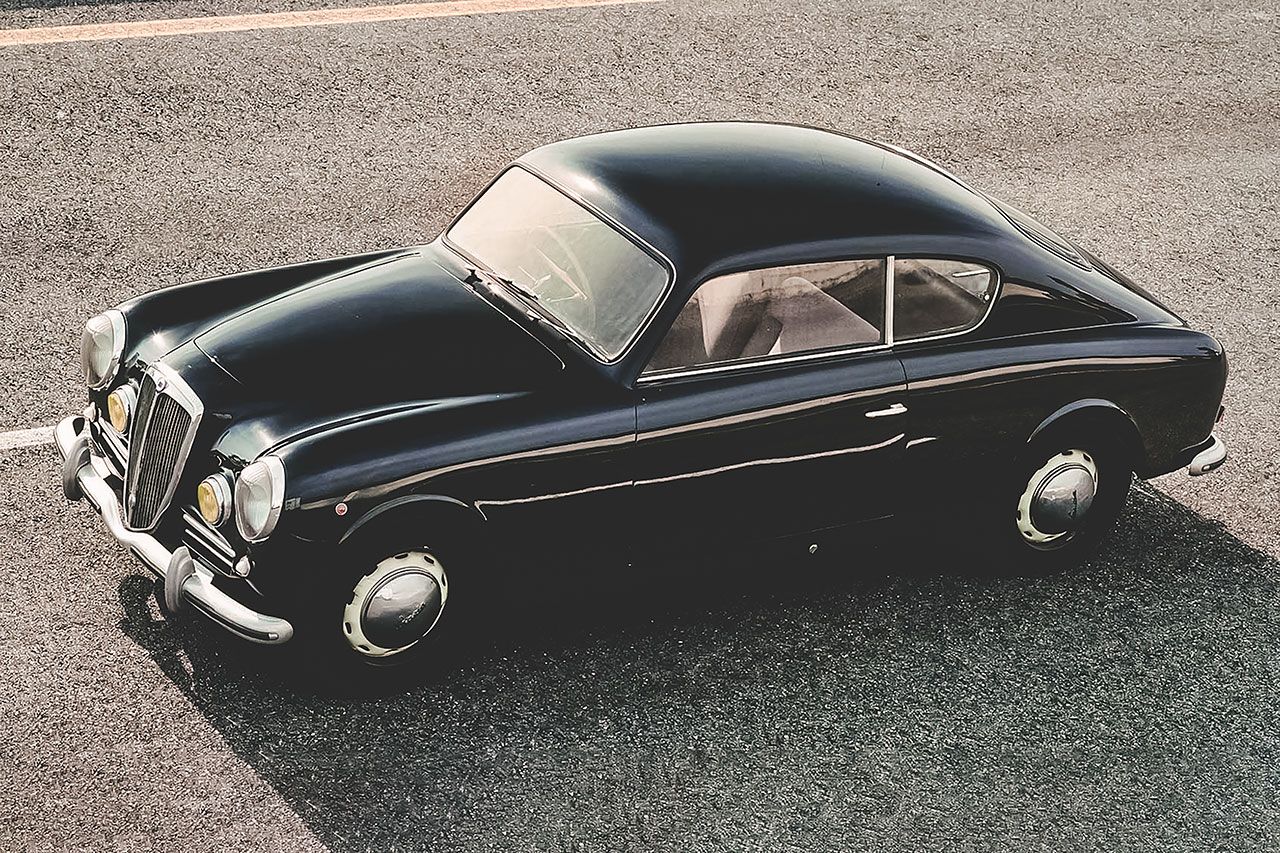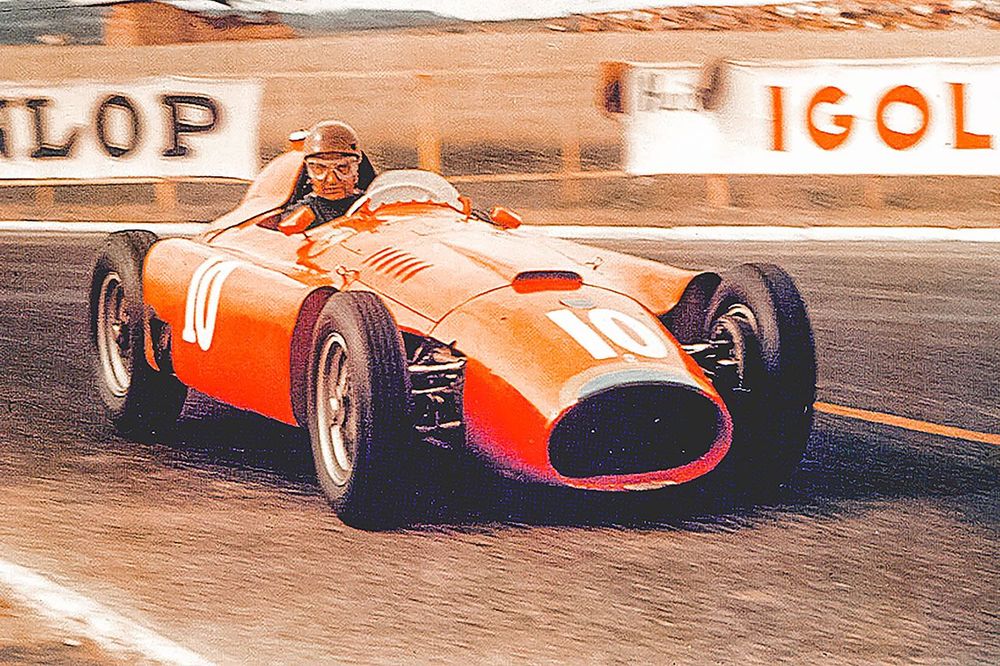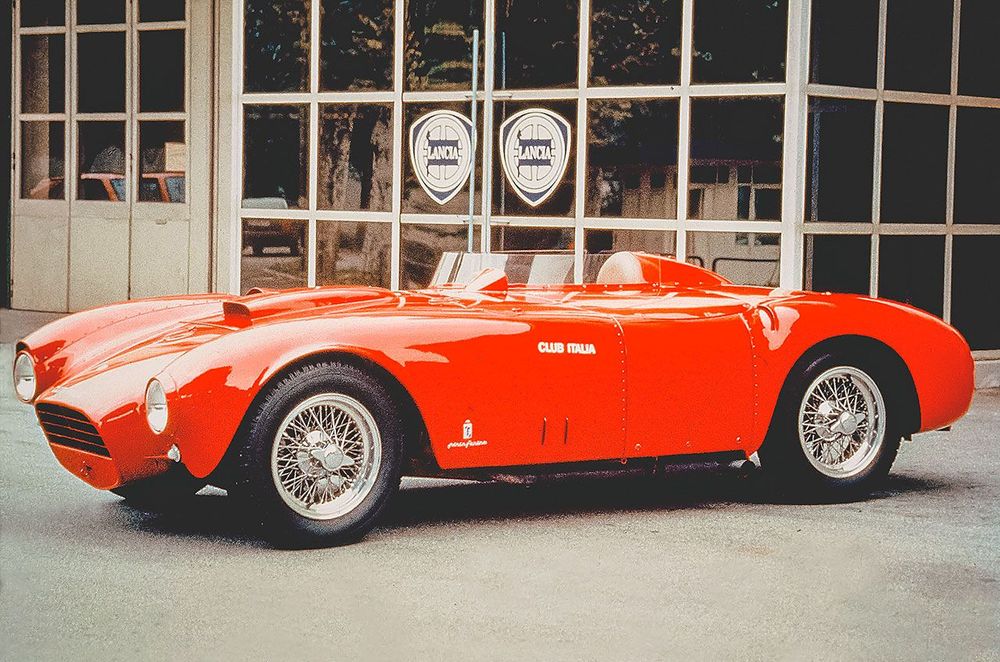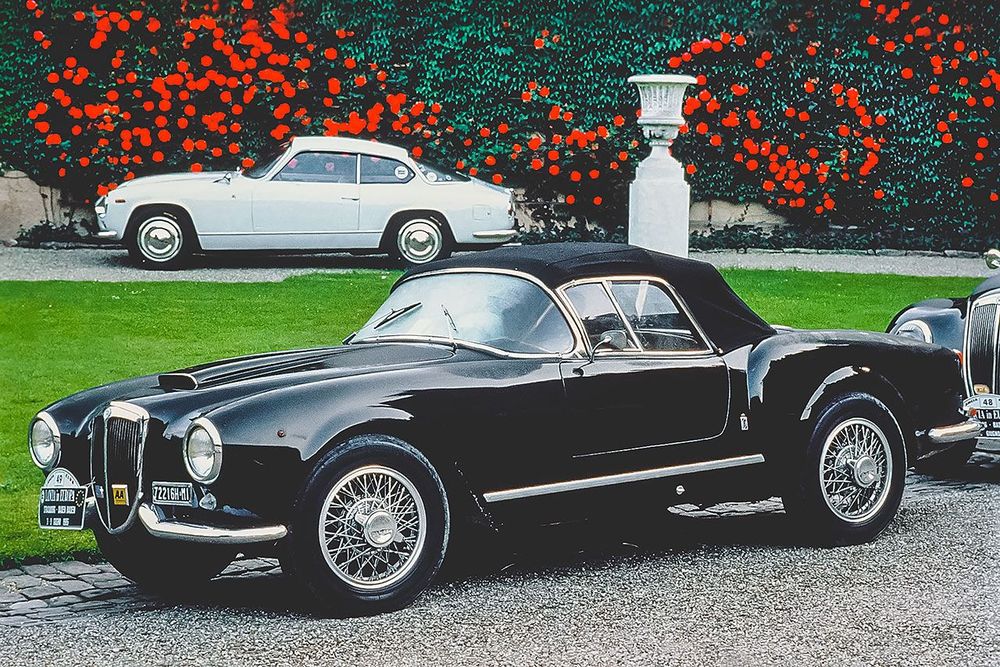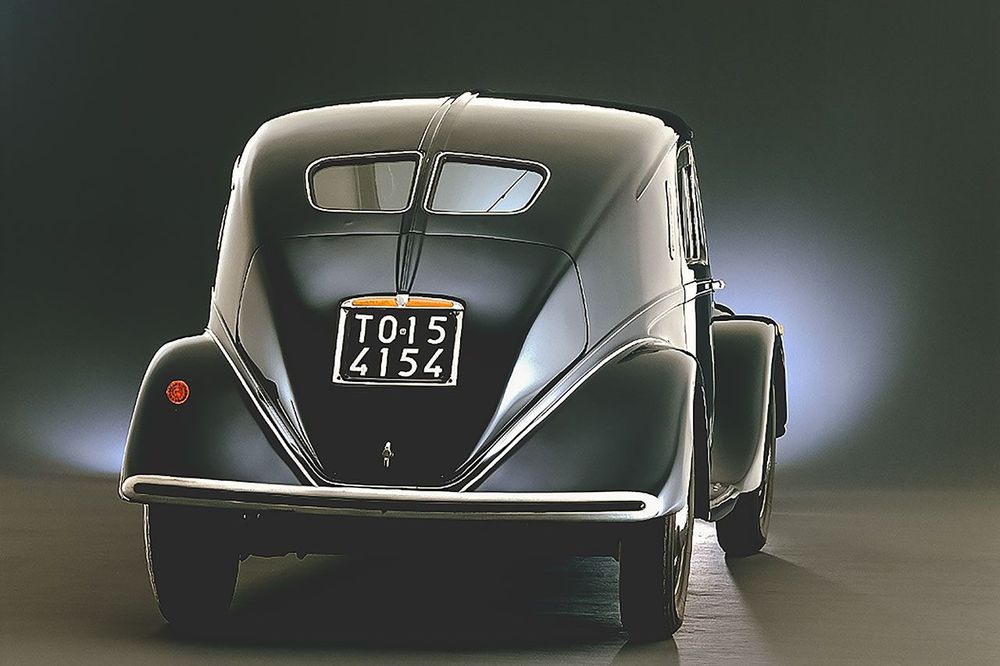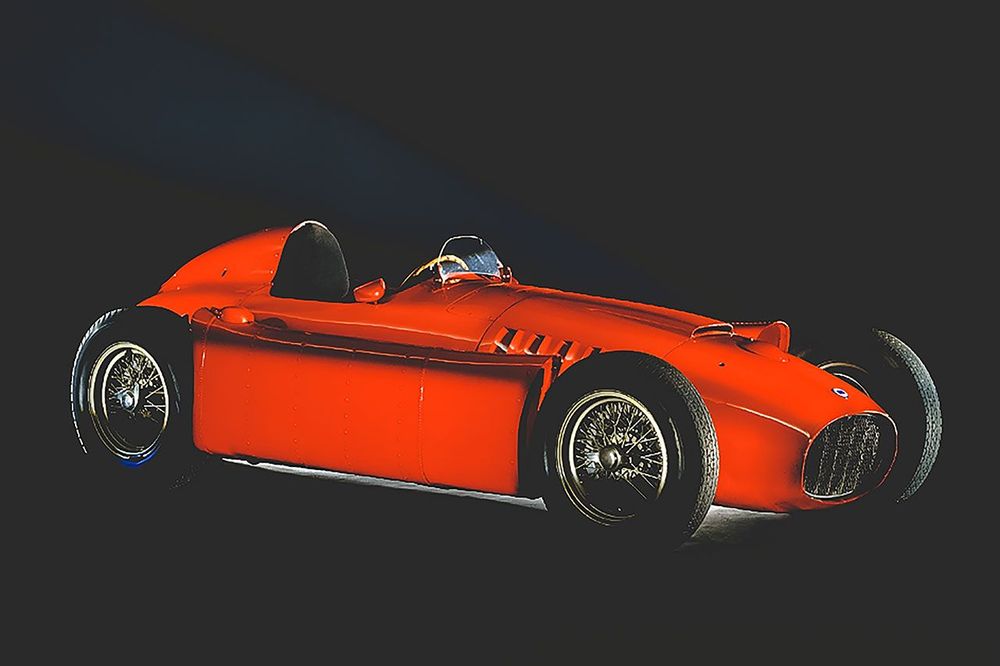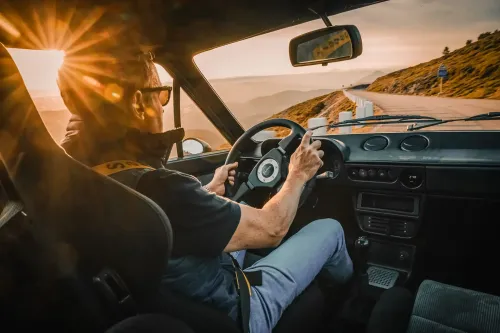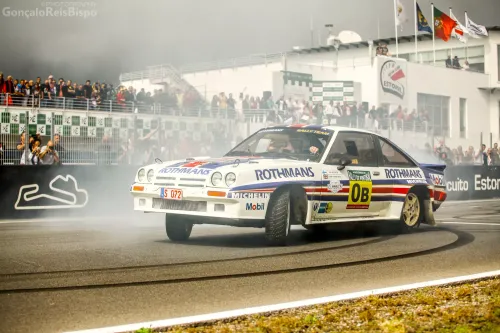Lancia: An epic without a happy ending
Text by Duarte Pinto Coelho
All of us, engine enthusiasts, always have deep down, whether for more emotional or more objective reasons, a car or motorcycle brand “close to our hearts” that touches us more than any other.
In my case, among the half dozen car brands that speak to me the most, there is one that I particularly distinguish: Lancia.
I was born and raised the youngest of five brothers in a house where I don't remember hearing about football, but where there was a lot of talk about cars and motorbikes, where there was a huge park of Dinky Toys and where we went as a family to watch car races. to Monsanto.
At the beginning of the 1950's, he became famous in Portugal, and he was a hero at home, Felice Bonetto, a very fast and very fearless Italian pilot with a long history that went back before World War II, who came to race and get some victories in Portugal and from 1952 onwards he raced for “Scuderia Lancia”. He had several important successes, winning the Targa Florio and having good results in Le Mans and the 1952 Mille Miglia. In 1953 he brilliantly won the Monsanto circuit in a beautiful Lancia D 23. That same year, at the respectable age of 50 and well In the style of a romantic hero, he died in a brutal accident while leading the terrible “Carrera Panamericana”, at the wheel of a Lancia D 24. After this accident, the Lancia team still considered withdrawing the remaining cars from the race but the drivers insisted on continuing , as a way of honoring their fallen comrade and it's a good thing they did so because the three Lancia D 24s came to reach the first three places in the race, which speaks volumes about the enormous quality of those fabulous Sport cars.
In 1954 and 1955, Lancia appeared in the Formula 1 world championship with the D 50, an ingenious car with a brilliant V8 engine that was part of a chassis that was compact, balanced and very agile. In the hands of Alberto Ascari he immediately showed his enormous potential, not winning races, but achieving several pole positions and fastest laps.
Of course, all these achievements by Lancia contributed to making it a myth for me and gaining a very special place in my imagination, but perhaps even more important was the fact that an uncle of mine, my Father's brother, who was a typical Gentleman Driver of the time, being a staunch “Lanciista” and having done three Monte Carlo Rallies in a Lancia Aurelia. His influence was decisive in convincing my Father to buy a Lancia Aprilia (TP-10-68). A fantastic car at the time and, although as far as I remember, it didn't stay at home for long, it left an indelible mark on me.
When, as an adult, I started getting into old cars, one of the first ones I bought was of course a Lancia, an Aurelia B20 from 1952 from the 2nd series. Due to various circumstances, I did not complete its restoration nor did I manage to guide it, but I was able to understand the quality of the manufacturing and the technical solutions that I later confirmed and deepened when I owned two Aurelia B24 Spiders from 1955 and an Aurelia B20 IV series from 1956.
Only those who have had the opportunity to get to know these cars well can understand what differentiates them from all the others from that era – of course the Ferraris and Maseratis had great engines, of course the Mercedes and Porsches had excellent build quality, of course the Jaguar and Alfa Romeos were exciting to drive, of course many others had great attributes – but Lancias were in a class apart, as they combined enormous technological audacity with highly effective innovations, with unparalleled engineering and construction quality. and, furthermore, they were beautiful but very discreet cars. In short, true “Lord’s cars”.
Founded by Vicenzo Lancia, the brand's philosophy has always been to do everything the best without looking at costs, it had to be efficient and of high quality, which forced it to charge very high prices with the consequent limitation of sales, a fact that explains many of the financially difficult times that the brand has gone through throughout its history.
From its foundation until the beginning of World War II, Lancia stood out for the quality of its models and innovation – the famous Lambda (1922 to 1931) was the first production car with unibody construction without a separate chassis, the first with suspension independent at the front and the first with a four-cylinder engine in a very closed V in a single block – which was followed by other notable models and which culminated in the fantastic Aprilia launched in 1937, the year of Vicenzo Lancia's death.
There is a little publicized fact that is decisive for the brand's fortunes from 1945 onwards: During the war, Lancia's management had links to the Italian resistance and, when the conflict ended and the brand, like the others, applied for to the support of the Marshall Plan, thanks to intrigues and movements less worthy of competition, support was denied on the pretext that the brand was close to the communists...
For the young Gianni Lancia, who had just taken the reins of the family industry, this was a huge handicap, but that did not stop him, counting on the extremely important support of the brilliant engineer Vittorio Jano, and at the same time as he continued production of the Aprilia, of Ardea and was preparing the launch of the brand new Aurelia and Appia, launching with huge (and ruinous)
enthusiasm, in a very ambitious sports program that resulted in the fabulous D24 models in Sport and the D50 in Formula 1, each of them technically far ahead of most rivals and perhaps at the same level as cars from the powerful Mercedes.
1955 was the year of events that dictated a profound change in the Lancia brand: In the Sport class the D24 had already demonstrated its superiority and there was nothing left to demonstrate and now attention was focused on the development of the prodigious D50, the formula 1 that soon In the first season, in the hands of Ascari, he achieved several successes and showed great promise. Ascari's stupid death (testing a Ferrari...) had a devastating effect on his very close friend Gianni Lancia and, as misfortune never comes alone, at the same time Lancia's financial problems reached such a point that they threatened the survival of the brand. . The Lancia family was forced to sell the company to Carlo Pesenti, who continued the spirit of the brand and went on to produce important models such as the Flamínia, the Flávia, the Fulvia or the Stratos. But, from the end of the 1970s, Lancia's image began to lose its enormous character and its shine faded over time.
When in that tragic year of 1955 Lancia was on the verge of ruin, the state intervened and, among other measures, ordered the still boss Gianni Lancia to hand over the Scuderia to a man who also made racing cars and who happened to have at that time a very uncompetitive Formula 1 car – the Ferrari 555 better known as Squalo – and it was in this way that all the Lancia D50s, the spare parts plus the trucks and other equipment from the Scuderia were sent to Maranello, where they were awaited by Enzo Ferrari, that from the height of his arrogance and with the cunning of which he was a master, he allowed himself to demand from the Italian State (and obtain) a sum of money to accept that material!
Life can be very unfair, we all know that, but if I, a simple enthusiast of the brand, cause me such great revolt, I can't imagine what it would have been like for Gianni Lancia (who lived until 2014 completely away from the automotive world) to watch to the glory of his brilliant Lancia D50 which, displaying the “Cavalino Rampante” emblem on its nose, won Ferrari the victory in the 1956 Formula 1 world championship, in the hands of the great Juan Manuel Fangio!



